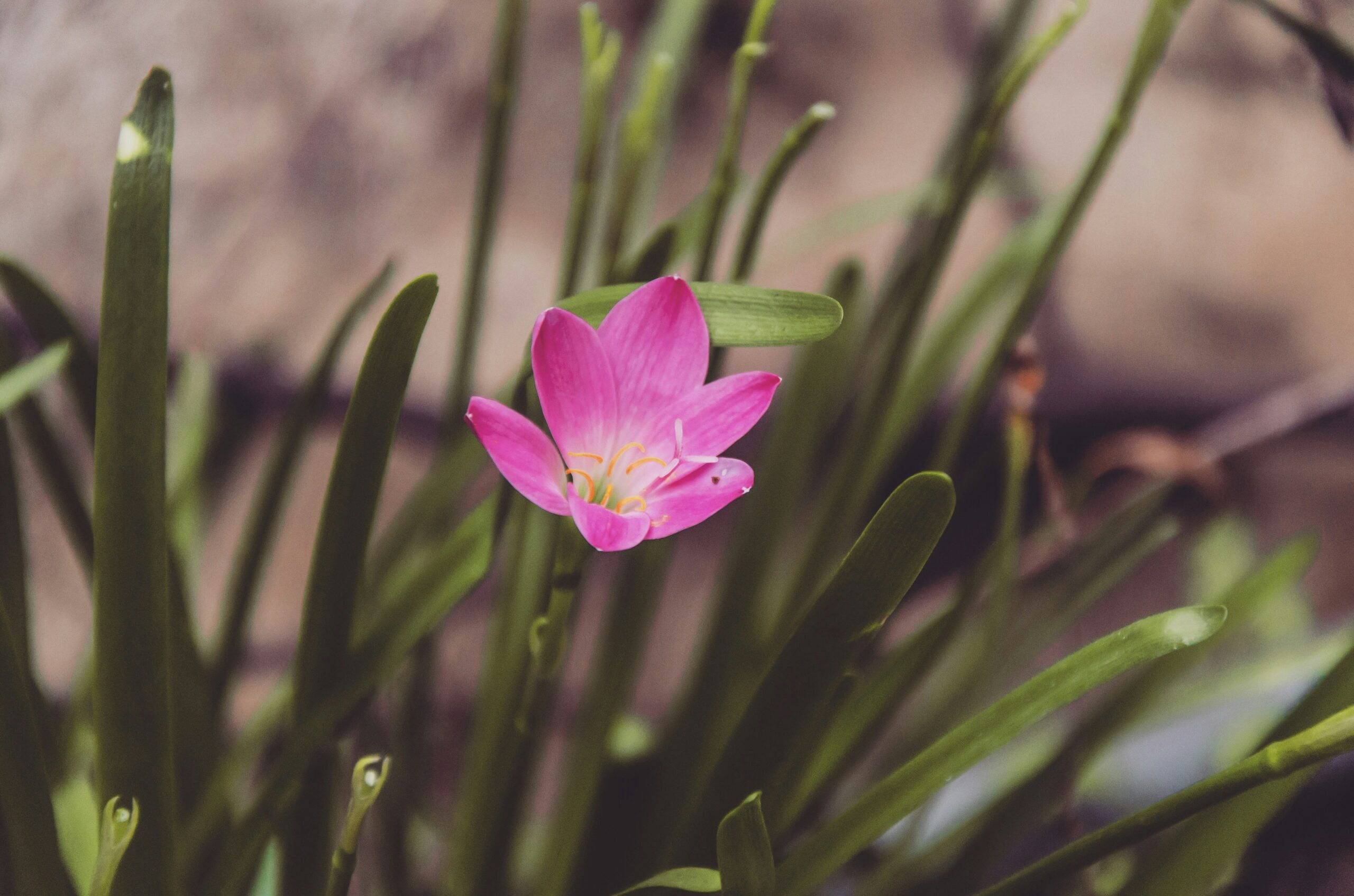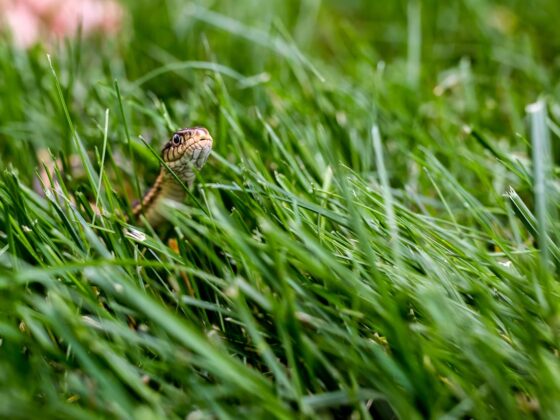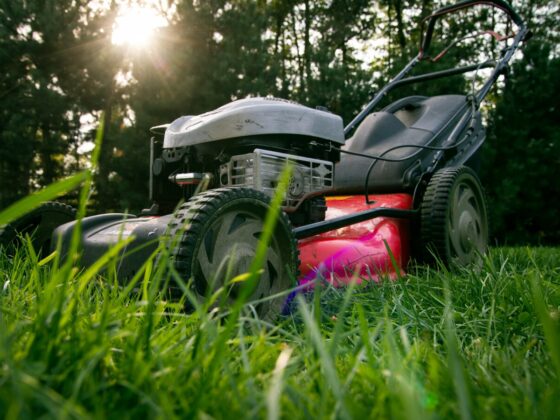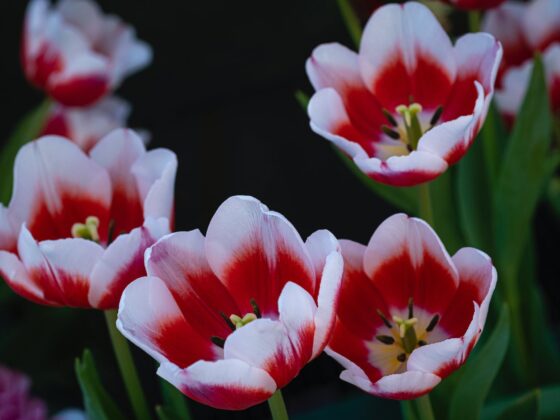Picture this: a peaceful garden, filled with vibrant flowers, lush green plants, and the sweet melody of chirping birds. Now imagine the horror when a swarm of locusts descends upon it, threatening to devour everything in their path. That was the situation I found myself in not too long ago. But fear not, dear reader, for I am here to share with you the tale of how I saved my garden from a locust invasion. So grab a cup of tea, sit back, and let’s dive into this epic battle between man and nature!

The Battle Begins
It all started on a sunny morning when I stepped into my garden, only to be greeted by a cloud of buzzing insects. Panic set in as I realized that these were no ordinary bugs – they were locusts! Determined not to let my precious garden fall victim to their insatiable appetites, I sprang into action.
Research and Strategy
First things first, I turned to good old Google for some quick research. Armed with knowledge about locust behaviour and their weaknesses, I devised a plan of attack. It was time to outsmart these voracious creatures!
Natural Remedies
One of the most devastating pests that can attack your garden is the locust. Locusts are voracious insects that can devour your crops and leave nothing behind. Fortunately, there are some natural ways to get rid of locusts without harming the environment or your health. In this article, I will share with you how I saved my garden from a locust invasion using some simple and effective methods.
First, I applied a garlic spray to deter the locusts from coming near my plants. Garlic has a strong odour that repels many insects, including grasshoppers and locusts. To make the garlic spray, I blended two bulbs of garlic with 10 cups of water and boiled it for an hour. Then, I let it cool down overnight and stored it in a spray bottle. I sprayed the solution on the leaves and stems of my plants every day until the locusts stopped swarming.
Second, I dusted the leaves with flour to trap the locusts in my garden. Flour can clog up their mouthparts and prevent them from eating or flying away. To use this method, I sprinkled some all-purpose flour on the leaves of my plants every morning before sunrise. The next day, I would sweep up the dead locusts and dispose of them properly.
Third, I introduced some natural predators to my garden to control the locust population. Some birds, such as swallows and starlings, love to eat grasshoppers and other insects. To attract these birds, I set up a birdbath or a feeder in my backyard. Some beneficial insects, such as praying mantis and ladybugs, also feed on locusts and other pests. To attract these insects, I planted some herbs in my garden that they like, such as basil, mint, rosemary, and lemongrass.
By using these natural remedies, I was able to save my garden from a locust invasion without using any harmful chemicals or pesticides. These methods are also eco-friendly and safe for me and my family.
Physical Barriers
As the locusts persisted, I realized I needed to take more drastic measures. I constructed physical barriers using fine mesh netting to protect my most vulnerable plants. This prevented the locusts from reaching their favourite delicacies, giving my plants a fighting chance to survive.
Teamwork and Community Support
A wise person once said, “No man is an island.” In this battle against the locusts, I reached out to my fellow gardeners for support. We formed a united front, sharing tips and strategies to combat the invasion. Together, we were stronger.
Furthermore, I contacted local agricultural authorities who provided valuable advice and resources. They even organized community workshops to educate us on locust control methods. It was heartening to see the community come together to protect our gardens and livelihoods.
Patience and Persistence
Dealing with a locust invasion is not a quick fix. It requires patience and persistence. I continued to monitor my garden daily, removing any locusts I found by hand and ensuring I stayed on top of the situation.
You can use the following points as a guide, and elaborate on them with your own details and experiences:
- How you monitored and recorded the locust activity and plant growth over time, and how you adjusted your methods and treatments accordingly.
- How you dealt with the frustration and disappointment of seeing your plants damaged or destroyed by the locusts, and how you motivated yourself to keep trying and learning from your failures.
- How you balanced your research and strategy with other aspects of your life, such as school, work, family, and hobbies, and how you managed your time and energy effectively.
- How you collaborated and communicated with other researchers, gardeners, or experts, and how you sought and received feedback and advice from them.
- How you celebrated your successes and achievements, and how you acknowledged and appreciated the efforts and contributions of others.
Victory!
After weeks of battling, I finally emerged victorious. My garden, once on the brink of destruction, now stood tall and proud. The locusts had been defeated, and my plants were flourishing once again.
Conclusion
The experience of saving my garden from a locust invasion was both challenging and rewarding. It taught me the power of research, natural remedies, community support, and above all, perseverance. So, if you ever find yourself facing a similar situation, remember that with a little determination and a lot of love for your garden, you too can overcome the odds. Happy gardening!
Frequently Asked Question
A: A locust invasion is a phenomenon where large swarms of locusts, which are a type of grasshopper, migrate and feed on crops and vegetation. Locust invasions can cause severe damage to gardens and agriculture, as they can consume up to their own body weight in plants every day.
A: I noticed that some of my plants were missing leaves and had holes in them. I also heard a loud buzzing sound coming from the sky. When I looked up, I saw a dark cloud of insects flying over my garden. I realized that they were locusts and that they were eating my plants.
A: I acted quickly and used some natural and organic methods to repel the locusts. I sprayed my plants with a mixture of water, soap, and chilli powder, which irritates the locusts’ eyes and mouthparts. I also hung shiny objects like CDs and aluminium foil around my garden, which reflect light and scare the locusts away. I also played loud music and banged pots and pans to create noise and vibrations that disturbed the locusts.
A: My methods were very effective in saving my garden from the locusts. The locusts stopped eating my plants and flew away to another area. I was able to save most of my plants and only lost a few that were already heavily damaged. My garden recovered quickly and continued to grow and flourish.
A: Some tips and advice for other gardeners who face a locust invasion are:
-Monitor your garden regularly and look for signs of locust activity, such as missing or damaged leaves, droppings, and egg pods.
-Use natural and organic methods to repel the locusts, such as spraying your plants with water, soap, and chilli powder, hanging shiny objects around your garden, and making noise and vibrations.
-Avoid using chemical pesticides, as they can harm your plants, soil, and beneficial insects, and may not be effective against locusts.
-Seek help from local authorities and experts if the locust invasion is severe and widespread, and follow their instructions and recommendations.











